Surveyors Come to Wooster
- Home
- Early Settlement
- Exhibits
- Surveyors Come to Wooster
By Laura Merrell, revised by Glenna Van Dyke
Though the signs of them are easy to overlook, reminders of the people who planned Wooster can be found all over town. These men named many of Wooster’s major streets after themselves, such as Bever, Larwill, and Grant street. Many of these early surveyors rose to local prominence in their day, becoming important political figures in both Wooster and the state of Ohio. Despite their public presence, mystery and controversy surround many of these early figures, making them a fascinating piece of Wooster’s story.
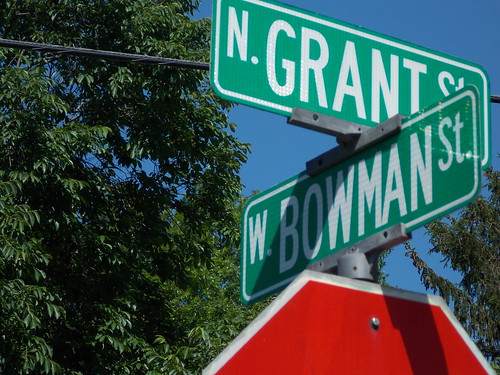
Initial Surveying Party
In 1808, a group of hopeful young surveyors arrived on a patch of beautiful land and started to lay out plans for a town. This town would eventually become the city of Wooster.1 The Treaty of Fort Industry gave the United States thousands of acres of new, unexplored land that Americans were eager to settle. To do this, the government called upon adventurous young men such as Joseph and William Larwill, Johnathan Grant, and William Henry to plan out towns on this unknown territory.2 Each of these men had their own unique skills to offer; Grant, for example, was an expert hunter and could defend the rest of the group from whatever wild animals lurked in the wilderness. As the organizers of the entire town, these surveyors became extremely powerful men, and they ensured their local legacies by naming several streets after themselves.3
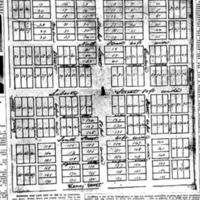
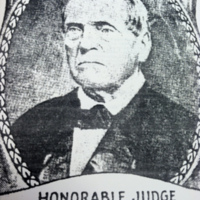
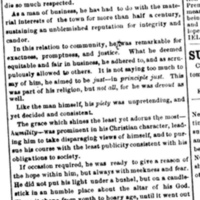
Naming of the County and the Town
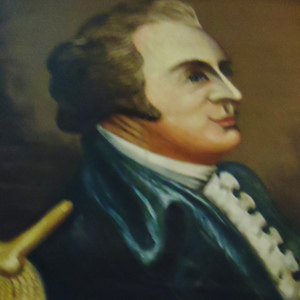
Many wonder where the names of both Wooster and Wayne County come from. Turns out, when both Wooster and Wayne County were named, Revolutionary War Generals were the heroes of the day, and many new landmarks were named after them. General David Wooster was one such general and Joseph Larwill admired him so much he named the town of Wooster after him.4 Wayne County was also named to honor General Anthony Wayne, who signed the Treaty of Greenville, which allowed settlement in the Ohio Valley. However, not every landmark in the area is named for a General. Killbuck Creek gets its name from a Delaware chief, who was the head of a village close to Wooster.5
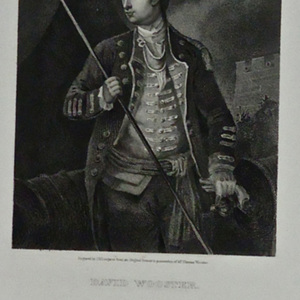
Early on, there was also disagreement about which town should be the county seat. Some thought that it should be Wooster, while others thought it should be nearby Madison Hill. In the end, Wooster agreed to build a courthouse on May 30, 1811 and won the title. 6 After being named the county seat, Wooster began to boom as settlers poured in, attracted by the opportunities of the West.
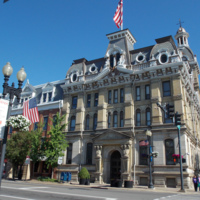
Joseph Larwill and the War of 1812 Controversy
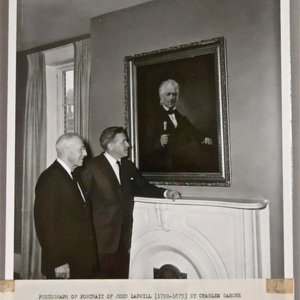
The three Larwill brothers, John, Joseph and William, become powerful local political figures and held several public offices. Joseph Larwill, for example, was a representative in the Ohio Senate for Wayne County and was Justice of the Peace in Wooster in the 1820s. However, his power was threatened when controversy about him broke out in 1822.7 A bombshell article in The Wooster Spectator shocked locals by accusing Larwill of “of negligence, or worse, in the command of his men” in the War of 1812.8 However, four of Larwill’s own men came out against the article and claimed that the sentinels were to blame, and accused them of failing to awaken the soldiers and warn them of an incoming attack. Supporters of Larwill came to his defense, writing that “…he was disobeyed and abandoned by those men on whom, alone, he had a right to rely for safety”.9 In the end, Larwill and his political career came out of the controversy mostly unscathed, and he was still elected to the Ohio Legislature in 1841.10
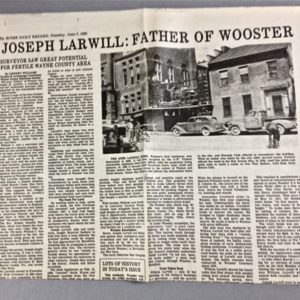
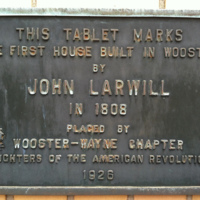
John Bever Historical Debate
Everyone knows Bever Street, but not everyone knows that it was named after John Bever, who surveyed Wayne, Columbiana, and Stark counties in the early 1800s.11 Locals today pronounce it as “Beaver” but the Bever family’s history tells a different and more confusing story. Bever’s obituary in the Wooster Republican even remarks that there was “considerable division of opinion to the orthography and pronunciation of the name”.12 The confusion comes from his heritage, as Bever’s father was German and his mother was Irish. The traditional Irish pronunciation is Beaver, while the traditional German pronunciation is Bever with the “e” pronounced as in ever. It seems even the family never definitively solved the problem, as land deeds and newspaper articles used both. Today, locals joke that they took the “a” out of Beaver and put it in Beall.
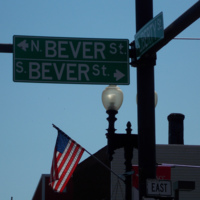
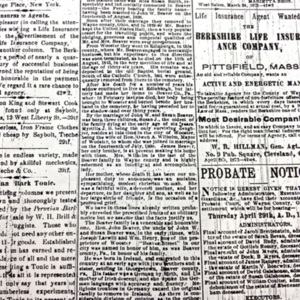
Sources:
1 “Vast Estates of Larwill Family Fast Being Settled by Executors: A Short History of the Early Pioneers of Wayne County Ties of Old Friendship Shown by Will,” Wayne County Democrat, February 3, 1904.
2 Ben Douglass, History of Wayne County, Ohio, From the Days of the Pioneers and First Settlers to the Present Time (Indianapolis, IN: Robert Douglass, 1878), 410.
3 Dorothy M. Kimbrell, “A Biographical sketch of Jonathan Grant Family from Beaver Co. Pa.”, available in the Wayne County Public Library Genealogy Department in the Grant Family File.
4 Ben Douglass, History of Wayne County, Ohio, From the Days of the Pioneers and First Settlers to the Present Time (Indianapolis, IN: Robert Douglass, 1878), 410.
5 Henry Howe, Historical Collections of Ohio (Norwalk, OH: The Laning Printing Co., 1896), vol. 2, 831.
6 Ibid., 833.
7 Ben Douglass, History of Wayne County, Ohio, From the Days of the Pioneers and First Settlers to the Present Time (Indianapolis, IN: Robert Douglass, 1878), 307.
8 “Reply to Larwill Attack is Among Gifts to Library,” The Daily Record, January 5, 1959, 12.
9 Ibid.
10 Douglass, History of Wayne County,307.
11 Thomas J. Malone, John Bever, Pioneer Surveyor who explored the wilderness that was northeast Ohio in the early 19th century and found it good (East Liverpool Historical Society, 1975), 5.
12 “Obituary- Reminiscences of the Beaver Family,” Wooster Republican, April 15, 1875
How to cite this page:
MLA: “Surveyors Come to Wooster.” stories.woosterhistory.org, http://stories.woosterhistory.org/surveyors-come-to-wooster/. Accessed [Today’s Date].
Chicago: “Surveyors Come to Wooster” stories.woosterhistory.org. http://stories.woosterhistory.org/surveyors-come-to-wooster (accessed [Today’s Date]).
APA: (Year, Month Date). Surveyors Come to Wooster. stories.woosterhistory.org. http://stories.woosterhistory.org/surveyors-come-to-wooster.

